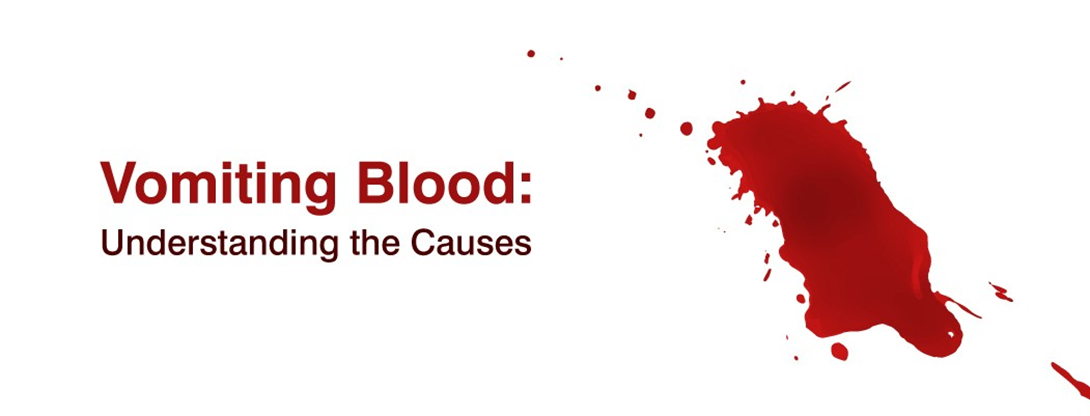After teaching a client newly diagnosed with cholecystitis about recommended diet changes, the nurse evaluates the client's learning. Which food choices eliminated by the client indicate to the nurse that teaching has been successful?
Canned vegetables with additional table salt.
Pasta with herbal butter and no meat sauce.
Citrus fruit and melon with a salt substitute.
Whole milk and daily servings of ice cream.
The Correct Answer is D
Choice A reason: Canned vegetables with additional table salt are not a good choice for someone with cholecystitis, because they are high in sodium, which can increase fluid retention and inflammation. However, this choice is not eliminated by the client, so it does not indicate successful teaching.
Choice B reason: Pasta with herbal butter and no meat sauce is a good choice for someone with cholecystitis, because it is low in fat and protein, which can trigger gallbladder contractions and pain. This choice is not eliminated by the client, so it does not indicate successful teaching.
Choice C reason: Citrus fruit and melon with a salt substitute are also good choices for someone with cholecystitis, because they are high in vitamin C and water, which can help dissolve gallstones and prevent infection. This choice is not eliminated by the client, so it does not indicate successful teaching.
Choice D reason: Whole milk and daily servings of ice cream are bad choices for someone with cholecystitis, because they are high in fat and cholesterol, which can worsen gallbladder inflammation and increase the risk of gallstone formation. This choice is eliminated by the client, so it indicates successful teaching.
Nursing Test Bank
Naxlex Comprehensive Predictor Exams
Related Questions
Correct Answer is A
Explanation
Choice A reason: Gastroccult positive emesis indicates the presence of blood in the vomit, which is a sign of a serious complication such as anastomotic leak, ulcer, or bleeding. The nurse should notify the physician and monitor the client's vital signs and hemoglobin level.
Choice B reason: Strong foul smelling flatus is a common side effect of BPD, which involves bypassing a large portion of the small intestine and creating a connection between the stomach and the colon. This results in malabsorption and bacterial overgrowth, which produce gas and odor.
Choice C reason: Complaint of poor night vision is a sign of vitamin A deficiency, which can occur after BPD due to reduced absorption of fat-soluble vitamins. The nurse should advise the client to take vitamin supplements and eat foods rich in vitamin A, such as carrots, sweet potatoes, and spinach.
Choice D reason: Loose bowel movements are another common side effect of BPD, which causes diarrhea and steatorrhea (fatty stools). The nurse should encourage the client to drink fluids with electrolytes and avoid foods that worsen diarrhea, such as greasy, spicy, or sugary foods.
Correct Answer is D
Explanation
Choice A reason: This is incorrect because performing a complete mental status exam is not a relevant or appropriate action for the nurse to implement. A mental status exam is used to evaluate the client's cognitive, emotional, and behavioral functioning, but it does not address the client's physical pain or its underlying cause.
Choice B reason: This is incorrect because determining if the client has had a shingles vaccination is not a priority or helpful action for the nurse to implement. A shingles vaccination is recommended for people who are 50 years or older to prevent or reduce the severity of shingles, but it does not affect the occurrence or treatment of postherpetic neuralgia, which is a chronic pain condition that can develop after shingles.
Choice C reason: This is incorrect because teaching the client about phantom pain symptoms is not an accurate or useful action for the nurse to implement. Phantom pain is a type of neuropathic pain that occurs when a person feels pain in a body part that has been amputated or removed. However, this is not the case for the client who has pain in the area where the shingles rash occurred.
Choice D reason: This is correct because completing an assessment of the client's pain is the most important action for the nurse to implement. Pain assessment involves collecting information about the location, intensity, quality, duration, frequency, and aggravating or relieving factors of the pain, as well as its impact on the client's daily activities and quality of life. This can help the nurse identify the cause and severity of the pain, as well as plan and evaluate appropriate interventions.
Whether you are a student looking to ace your exams or a practicing nurse seeking to enhance your expertise , our nursing education contents will empower you with the confidence and competence to make a difference in the lives of patients and become a respected leader in the healthcare field.
Visit Naxlex, invest in your future and unlock endless possibilities with our unparalleled nursing education contents today
Report Wrong Answer on the Current Question
Do you disagree with the answer? If yes, what is your expected answer? Explain.
Kindly be descriptive with the issue you are facing.
